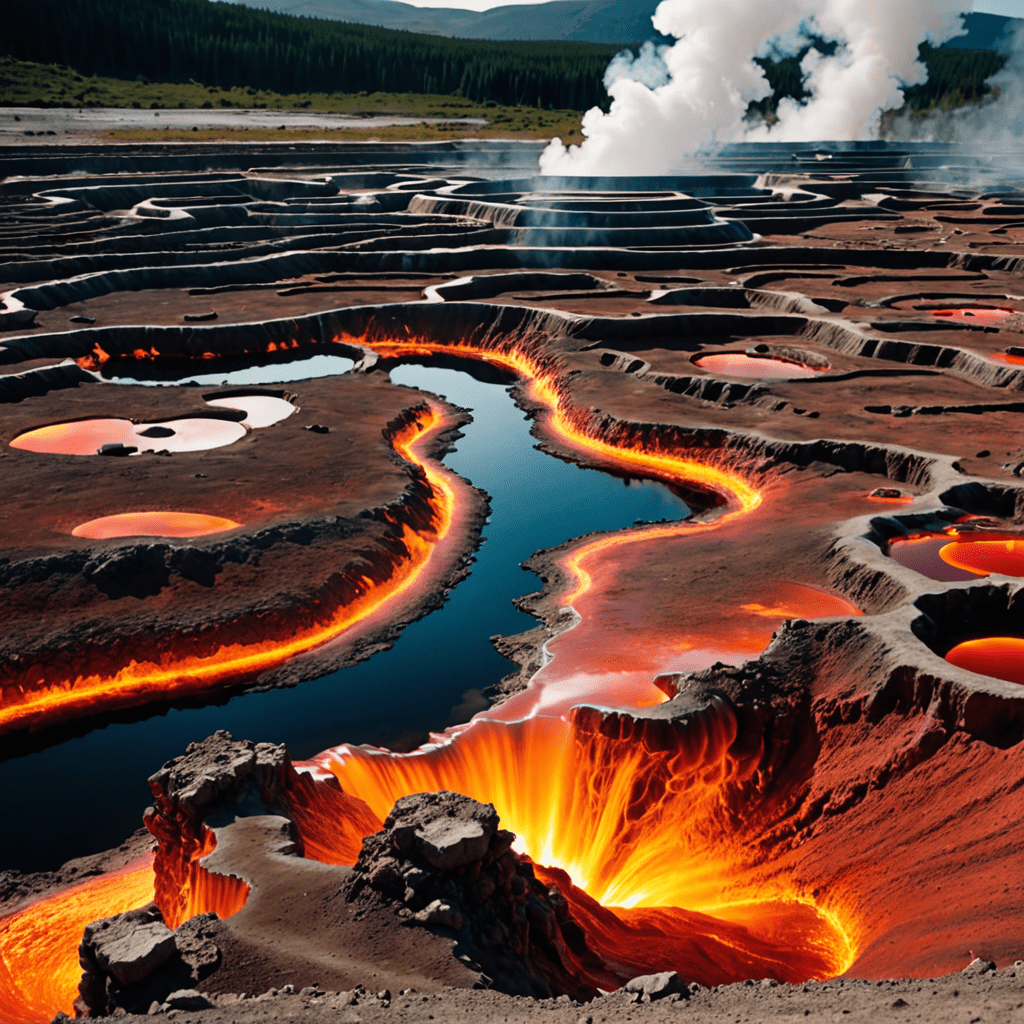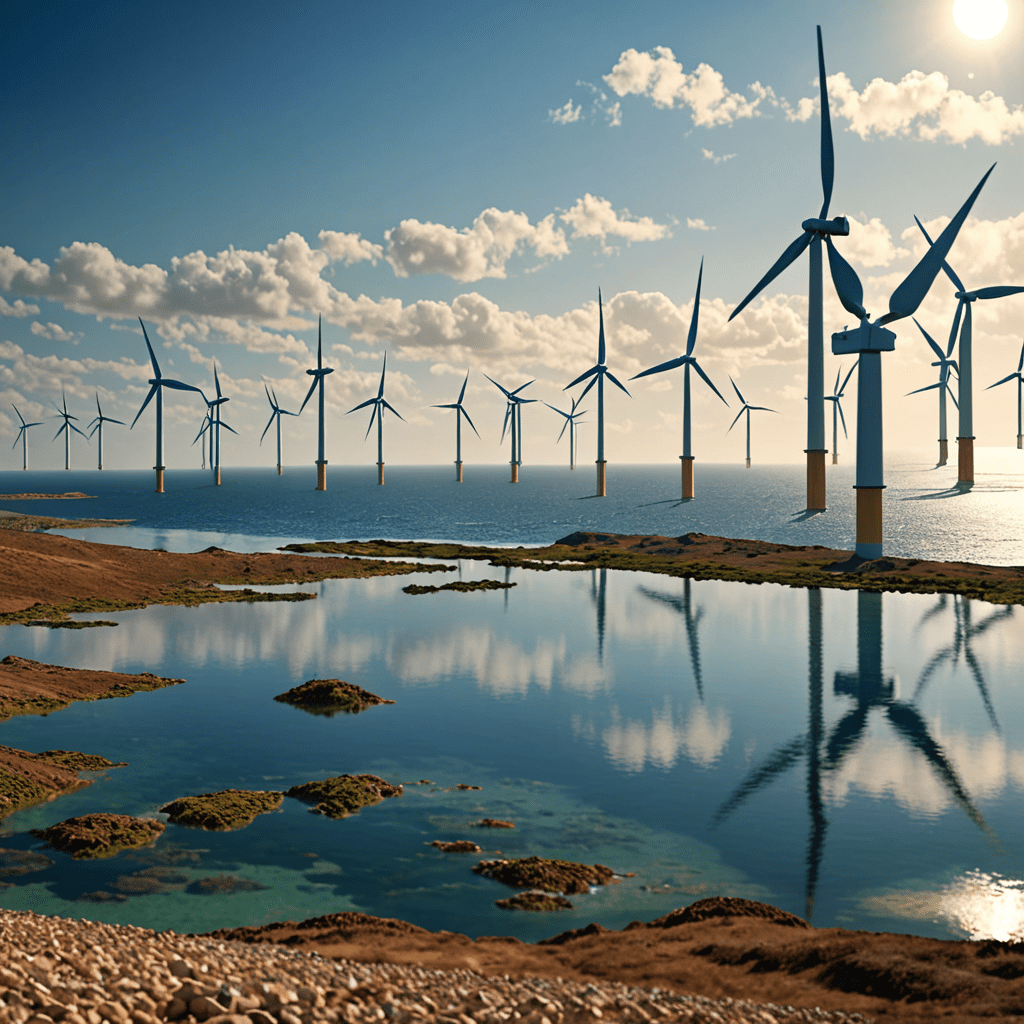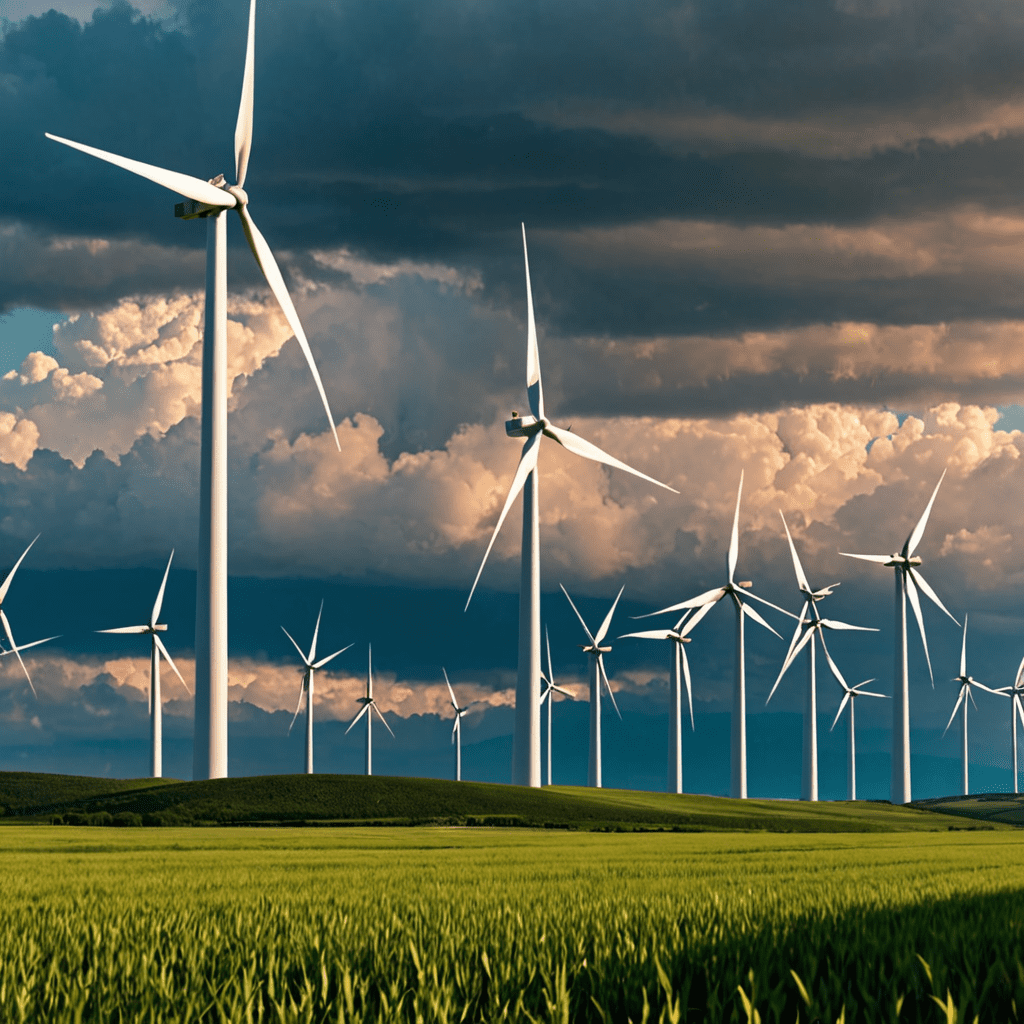Geothermal Energy: Harnessing Subsurface Heat
Geothermal energy is a remarkable source of renewable energy that taps into the Earth’s natural heat reservoirs beneath the surface. This sustainable energy form offers immense potential in providing clean power for various applications. Let’s delve deeper into how geothermal energy works and the benefits it offers.
The Basics of Geothermal Energy
Geothermal energy harnesses the heat stored within the Earth to generate electricity or heat buildings directly. This renewable resource relies on drilling wells into hot underground reservoirs to access the steam and hot water trapped beneath the Earth’s crust.
How Geothermal Systems Work
Geothermal power plants use steam from the Earth’s core to spin turbines connected to generators, producing electricity. In contrast, geothermal heat pumps circulate a fluid through underground pipes to transfer heat to buildings for heating and cooling purposes.
Advantages of Geothermal Energy
One of the key advantages of geothermal energy is its consistent and reliable nature. Unlike solar or wind power, geothermal energy is not dependent on weather conditions, providing a stable source of electricity. Additionally, geothermal power plants have a small physical footprint and emit minimal greenhouse gases, making them environmentally friendly.
Applications of Geothermal Energy
Geothermal energy finds applications in various sectors, including electricity generation, residential heating, greenhouse agriculture, and aquaculture. It is a versatile energy source that can meet both residential and industrial heating demands efficiently.
Challenges and Considerations
While geothermal energy has numerous benefits, there are challenges to consider, such as high upfront costs for drilling and potential subsurface geological risks. Proper site selection, technology advancements, and investment in research can help overcome these challenges and expand the utilization of geothermal energy.
Global Geothermal Energy Trends
Countries like Iceland, the United States, New Zealand, and Kenya lead in geothermal energy production. As the demand for clean energy rises globally, more countries are exploring the potential of geothermal resources to reduce dependence on fossil fuels and mitigate climate change.
The Future of Geothermal Energy
Geothermal energy holds promise as a sustainable and reliable source of power with significant potential for expansion. Continued research and development, coupled with supportive policies, can further enhance the utilization of this renewable energy source to meet the growing energy needs of the future.
FAQs about Geothermal Energy
What is geothermal energy?
Geothermal energy is a renewable energy source that harnesses heat from beneath the Earth’s surface to generate power. This heat originates from the Earth’s core and is continuously produced through radioactive decay.
How is geothermal energy harnessed?
Geothermal energy is harnessed by tapping into hot water reservoirs or by using the natural heat from the Earth’s interior to generate electricity. This process involves drilling wells into the ground to access the hot water or steam, which is then used to produce electricity.
What are the benefits of geothermal energy?
Geothermal energy is a sustainable and clean energy source that produces low levels of greenhouse gas emissions. It is reliable, available 24/7, and helps reduce dependence on fossil fuels, contributing to a more sustainable energy mix.
Where is geothermal energy commonly used?
Geothermal energy is often utilized in regions with high geothermal activity, such as Iceland, the United States, the Philippines, and Kenya. It is used for electricity generation, heating buildings, and other industrial applications.



